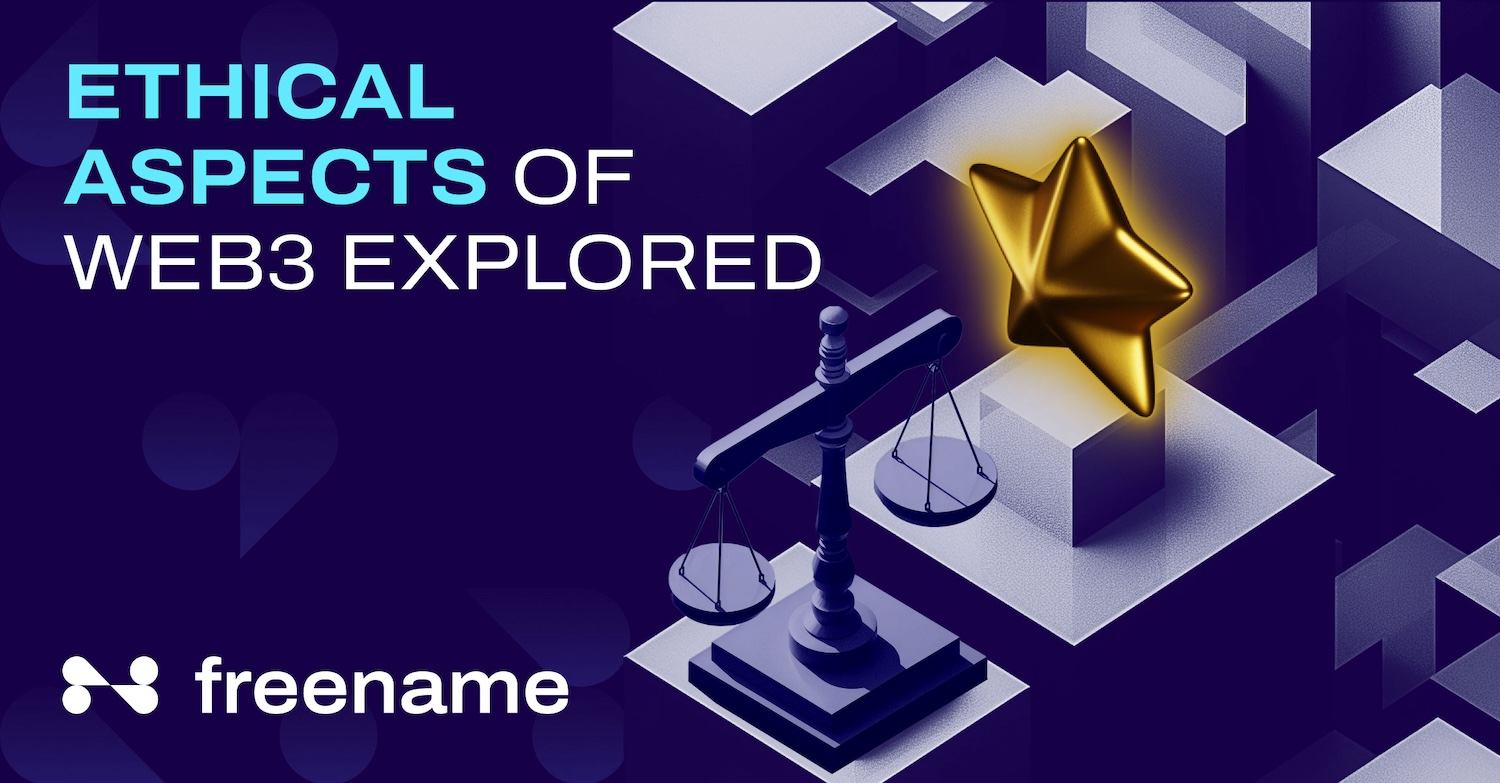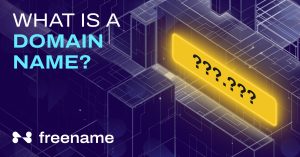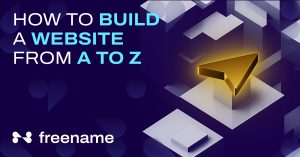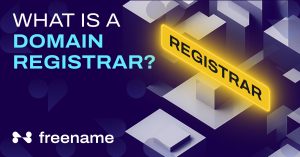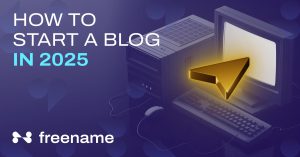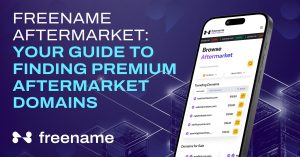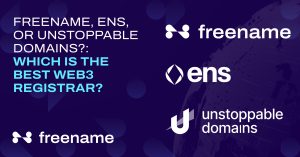We’re on the cusp of a major shift in the internet as we know it, thanks to Web3. This new era is set to give users more control, resist censorship, and introduce innovative financial tools. Yet, with these exciting changes come significant ethical questions that we can’t ignore.
As pioneers in the Web3 space, we recognize that the industry must tackle these ethical challenges to truly evolve. The success of Web3 isn’t just tied to new technology—it depends on how well we address privacy, equity, and accessibility issues. The way we handle these challenges will shape the integrity and effectiveness of Web3.
Understanding and addressing these ethical considerations is critical. We must strive for transparency, fairness, and inclusivity to not only transform the internet but to do it in a way that reflects our deepest values and societal standards. This commitment will not only fuel technological advancements but also ensure that Web3 marks a step forward in ethical progress in the digital world. Keep reading to discover the ethical considerations necessary to make Web3 a real revolution.
Read Also: Web3 Global Regulations: Key Laws And High Level Overview
Decentralization’s Double-Edged Sword: Governance and Abuse
Web3 marks a stark departure from the centralized structures that dominate Web2. Tech giants wield immense power over user data and online experiences. Decentralized systems aim to redistribute this power, with users theoretically participating in the governance of the platforms and protocols they rely upon. While empowering, this shift creates a significant governance challenge.
- Accountability in a Leaderless System: Traditional systems have mechanisms for oversight and recourse. Decentralization makes enacting such measures more complex. Finding a balance between freedom and responsibility is vital for preventing bad actors from exploiting the system for scams, money laundering, or spreading illicit materials.
- The Role of Community: Effective self-regulation in Web3 is not just a possibility but a necessity. It depends on strong community standards and a proactive approach to identifying and mitigating harmful behavior. Projects like Uniswap, a decentralized exchange, provide examples of communities establishing governance rules and voting on key decisions. Your voice matters in shaping the future of Web3.
Web3 Finance: Democratization and Risk
Cryptocurrencies are the fuel powering the Web3 economy. While they offer the potential to democratize finance and increase accessibility, the crypto market’s inherent volatility and speculative nature introduce substantial risks alongside the opportunities.
- Hype Cycles and Responsible Investing: The cryptocurrency market is prone to dramatic price swings driven by speculation. The ‘get-rich-quick’ mentality surrounding certain projects can lead to uninformed investors losing significant funds. Education and a critical understanding of the underlying technology are beneficial and crucial for navigating the Web3 landscape.
- Democratizing Financial Tools: Decentralized finance (DeFi) protocols allow lending, borrowing, and other services without traditional intermediaries. This can increase access to financial tools, especially in areas with limited banking infrastructure.
- Equitable Participation: Economic barriers to entry, such as the high cost of sought-after cryptocurrencies like Bitcoin and Ethereum, could exacerbate existing wealth inequality. To ensure Web3 lives up to its promises, accessibility across economic divides must be prioritized.
Environmental Responsibility in a Power-Hungry Landscape
The environmental impact of Web3 is a critical concern, especially for proof-of-work (PoW) blockchains like Bitcoin. Their energy consumption is immense, contributing to carbon emissions and raising ethical questions about the sustainability of such systems.
- The Debate Over Proof-of-Work: While PoW provides security, its energy requirements are unsustainable in the long term.
- Proof-of-Stake: The Greener Path: Ethereum and other major blockchains are shifting to a consensus mechanism called proof-of-stake (PoS). PoS systems use validation instead of energy-intensive computation, reducing their environmental footprint by orders of magnitude.
Web3 developers bear a significant responsibility in this landscape. They must prioritize sustainable solutions and seek out technologies that minimize environmental harm. Their choices will shape the future of Web3 and its ethical implications.
The Privacy Paradox: Data Ownership & the Blockchain
Theoretically, Web3 gives users greater control over their digital identity and data. However, it also creates a tension between the transparency of public blockchains and the legitimate need for privacy.
- Pseudonymity vs. True Privacy: Blockchain transactions are generally linked to pseudonymous addresses, not a person’s real-world identity. However, sophisticated analysis techniques can potentially de-anonymize users, especially if they engage in other activities that reveal personal data.
- Permanence on the Blockchain: Blockchains’ immutability means they cannot be easily erased once information is recorded. This raises concerns about the long-term consequences of permanently storing personal data.
- Privacy-Enhancing Solutions: Techniques like zero-knowledge proofs allow users to verify transactions without revealing private details—advances in cryptography promise to balance transparency with stronger privacy protection in Web3.
Security: A Shift in Responsibility and Risk
Decentralization changes the security landscape. Web3 often necessitates users taking full custody of their assets. While this self-sovereignty is empowering, it also dramatically increases responsibility.
- Smart Contracts: Smart contracts, self-executing agreements on the blockchain, are powerful tools. However, coding flaws can lead to exploits and the loss of funds. The infamous hack of The DAO in 2016 resulted in millions of dollars lost due to a vulnerability in a smart contract.
- The Burden of Personal Security: Unlike traditional banks, Web3 often lacks intermediaries to recover lost assets due to hacks or user error. Educating users about good security practices, like secure storage of private keys, is paramount.
- Building a Safety Net: Robust security solutions, such as multi-signature wallets and advanced auditing protocols for smart contracts, are essential for minimizing risks and building trust in Web3 systems.
Accessibility and the Growing Digital Divide
Web3’s success depends on inclusivity. However, a significant knowledge gap and economic barriers threaten to create a new digital divide. Proactive steps must be taken to prevent this from occurring.
- The Knowledge and Skills Barrier: Navigating Web3 requires specialized skills. Understanding concepts like wallets, private keys, and blockchains can be intimidating for newcomers. Educational initiatives and user-friendly interfaces are key to broadening participation.
- Cost of Entry: Purchasing cryptocurrency, the cost of devices to access Web3 applications, and potential transaction fees (known as “gas” on some blockchains) can all become significant economic barriers for many individuals.
- Preventing a digital divide in the era of Web3 is not just a goal but a necessity. Projects aimed at providing low-cost infrastructure and affordable devices and developing simplified access points to Web3 are beneficial and essential to ensure that a significant portion of the population is not left behind.
The Challenge of Misinformation in Decentralized Systems
In Web3, the ability to control or censor information is dramatically reduced. This presents a challenge related to disinformation and the spread of harmful content. The line between free speech and protecting users from harmful materials is a contentious issue Web3 must address.
- Verifying Information: Decentralization makes identifying and removing misleading or false information harder. This burdens users to become savvy at assessing information sources and cross-referencing.
- The Threat of Deepfakes: AI-generated deepfakes, manipulated videos designed to appear real, can potentially spread misinformation at an unprecedented scale. To protect Web3 users, developing both technological verification tools and critical digital literacy programs is essential.
Intellectual Property in the Era of NFTs
Non-fungible tokens (NFTs) have captured significant attention due to their ability to establish ownership over digital assets. However, the intersection of traditional intellectual property law and the fast-moving NFT space poses unresolved dilemmas.
- Copyright and Ownership Ambiguity: When an NFT of an artwork is minted, it’s unclear whether the buyer acquires copyright ownership alongside digital ownership. This lack of legal clarity leaves artists vulnerable and could lead to disputes.
- Verifying Authentic Works: With the ease of copying digital files, NFTs could be counterfeited, undermining trust in the market. Establishing reliable authentication mechanisms becomes crucial.
- Potential for Creator Empowerment: NFTs promise to revolutionize how artists sell and distribute their work directly to a global audience. Developing a legal framework that balances these new possibilities with protecting artists’ intellectual property rights is necessary.
Best Practices: Building an Ethical Foundation for Web3
The ethical path of Web3 depends on the actions developers, users, and policymakers take today. Here are crucial points to emphasize:
- Privacy by Design: Embedding privacy principles like data minimization and giving users granular control over their data must be standard practice, not an afterthought.
- User-Centric Security Focus: Projects should provide clear guidance and best practices for users to safeguard their assets. It is also important to develop security tools that minimize user error.
- Fostering Strong Communities: Community-driven initiatives can establish Web3 ethical standards and guidelines, contributing to a healthier and more accountable ecosystem.
- Education as Empowerment: It is paramount for success to equip users with the knowledge to participate safely, understand risks, discern true information, and use Web3 tools effectively.
The Role of Regulation
Governments globally are grappling with how to regulate decentralized technologies. A delicate balance needs to be struck that protects users without stifling the innovation that Web3 can foster.
- Collaboration for Solutions: Open dialogue between developers, policymakers, and the public is necessary to develop sensible regulations that address Web3’s unique risks and characteristics.
- Protecting Users, Not Stifling Innovation: Overly broad regulations could hamper Web3’s growth at a critical stage. Focusing on consumer protection, preventing illegal activities, and providing clear guidance for projects will benefit the ecosystem’s development.
Conclusion
Web3 has the potential to reshape the internet in profound ways. However, its promises cannot be taken for granted. Addressing ethical concerns with the same enthusiasm as technological innovation is vital. Through a conscious approach, Web3 can drive positive change, creating a more empowered, inclusive, and secure online landscape for everyone.

